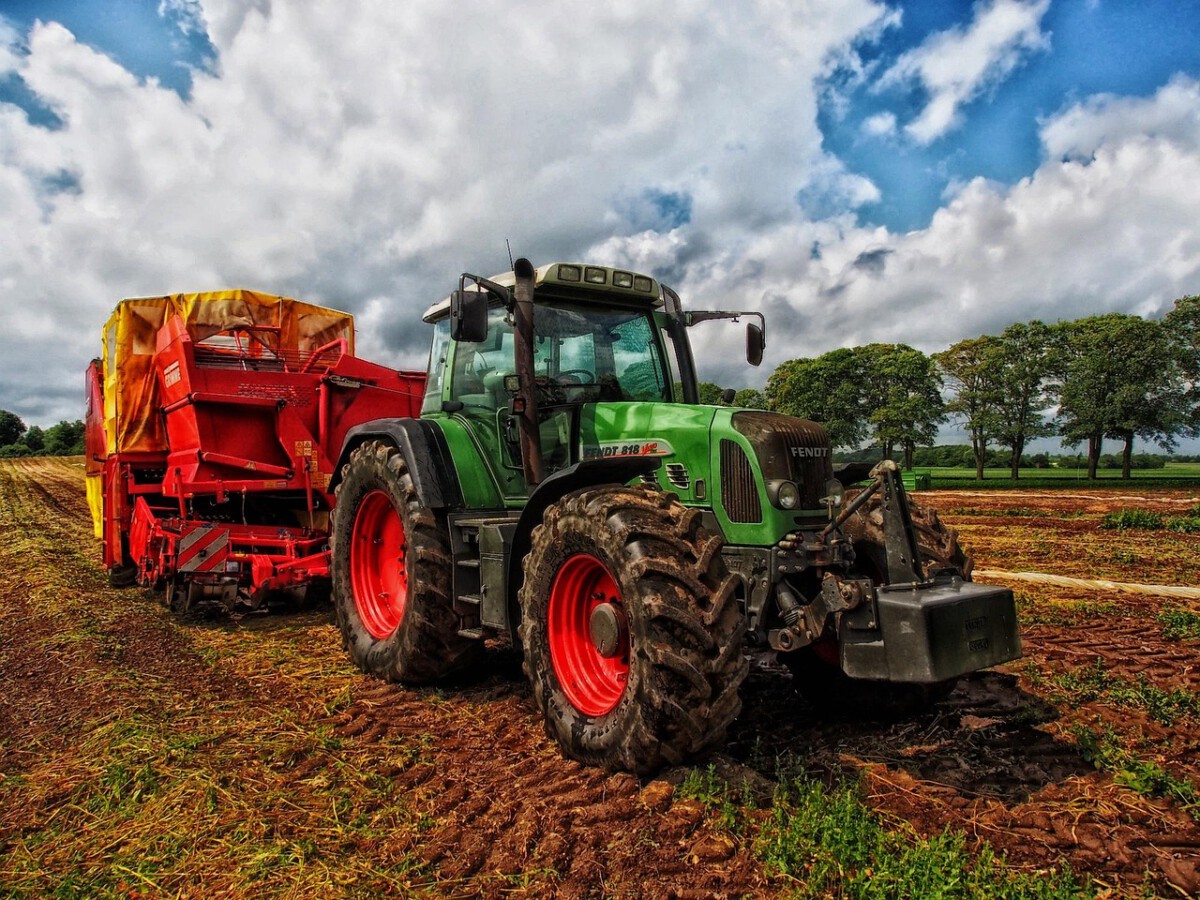Banff, Alberta
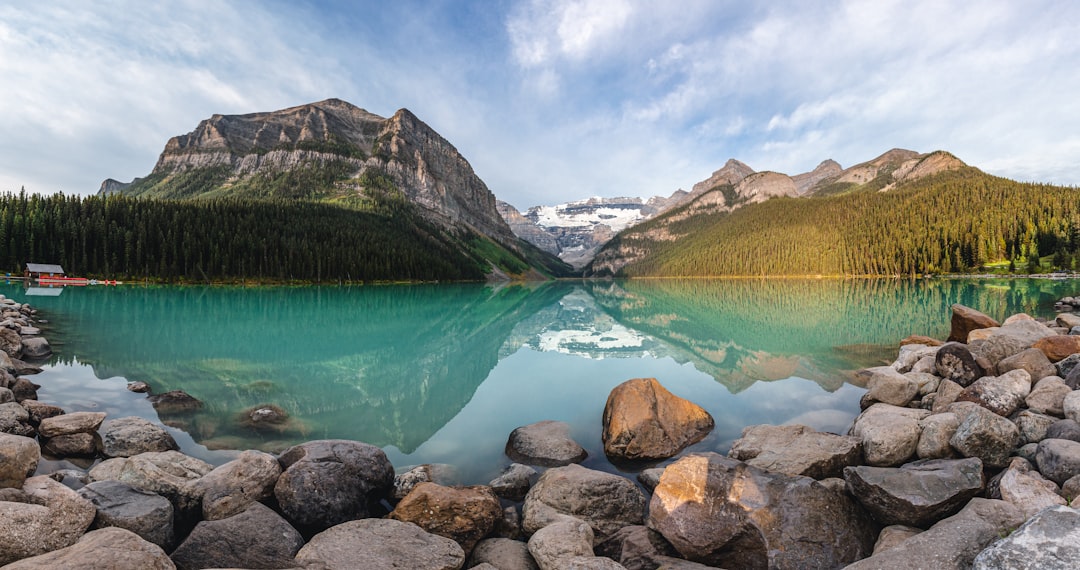
Banff, a stunning gem in Alberta’s Rockies, has become almost too popular for its own good. The town saw a jaw-dropping 4 million visitors in 2023, up 25% from the year before, according to Statistics Canada. Locals say you can barely find a parking spot near Lake Louise or Moraine Lake after 8 a.m. these days. The surge in tourists has meant more business for hotels and restaurants, but also more noise and trash — not to mention long lines for everything from coffee shops to hiking trails. Many residents are frustrated by the traffic jams that now snake through town, especially in peak summer months. The local government has introduced shuttle buses and even caps on visitors at some sites to help, but the sheer volume of tourists threatens the tranquility that made Banff famous. Environmentalists worry about the impact on wildlife and fragile alpine ecosystems, as more feet trod the trails than ever before. Banff’s struggle is a classic story of a paradise at risk from its own popularity.
Whistler, British Columbia
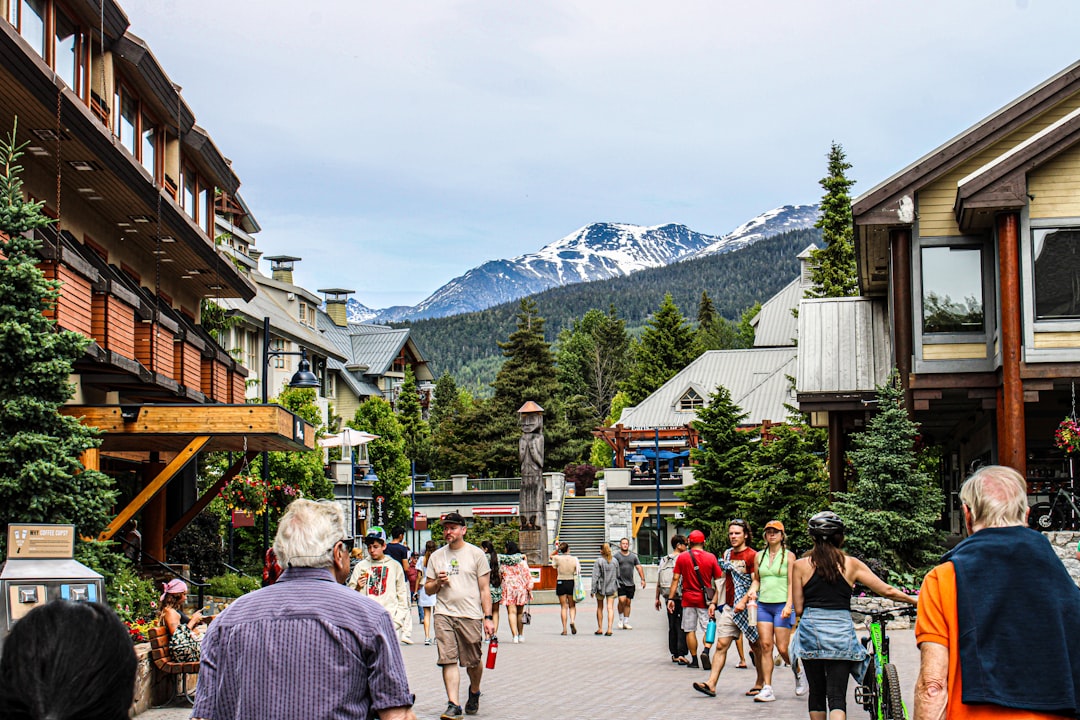
Whistler’s slopes are legendary, but the town is feeling the pressure of too many visitors. In 2024, Whistler attracted over 3 million tourists, a 30% increase from the previous year, based on municipal tourism reports. The infrastructure is stretched thin — longer waits at restaurants, packed gondolas, and a housing crunch that’s left many employees commuting from hours away. Some residents now avoid the village center during weekends and holidays, saying the crowds have changed the town’s laid-back vibe. Local leaders are actively discussing caps on peak season visitors and better crowd management. Businesses appreciate the economic boost, but others say Whistler’s community spirit is fading as it becomes more of a tourist machine. Environmental concerns are mounting too, with more waste and increased pressure on local trails and forests. The debate continues: how can Whistler keep its iconic status without being loved to death?
Victoria, British Columbia
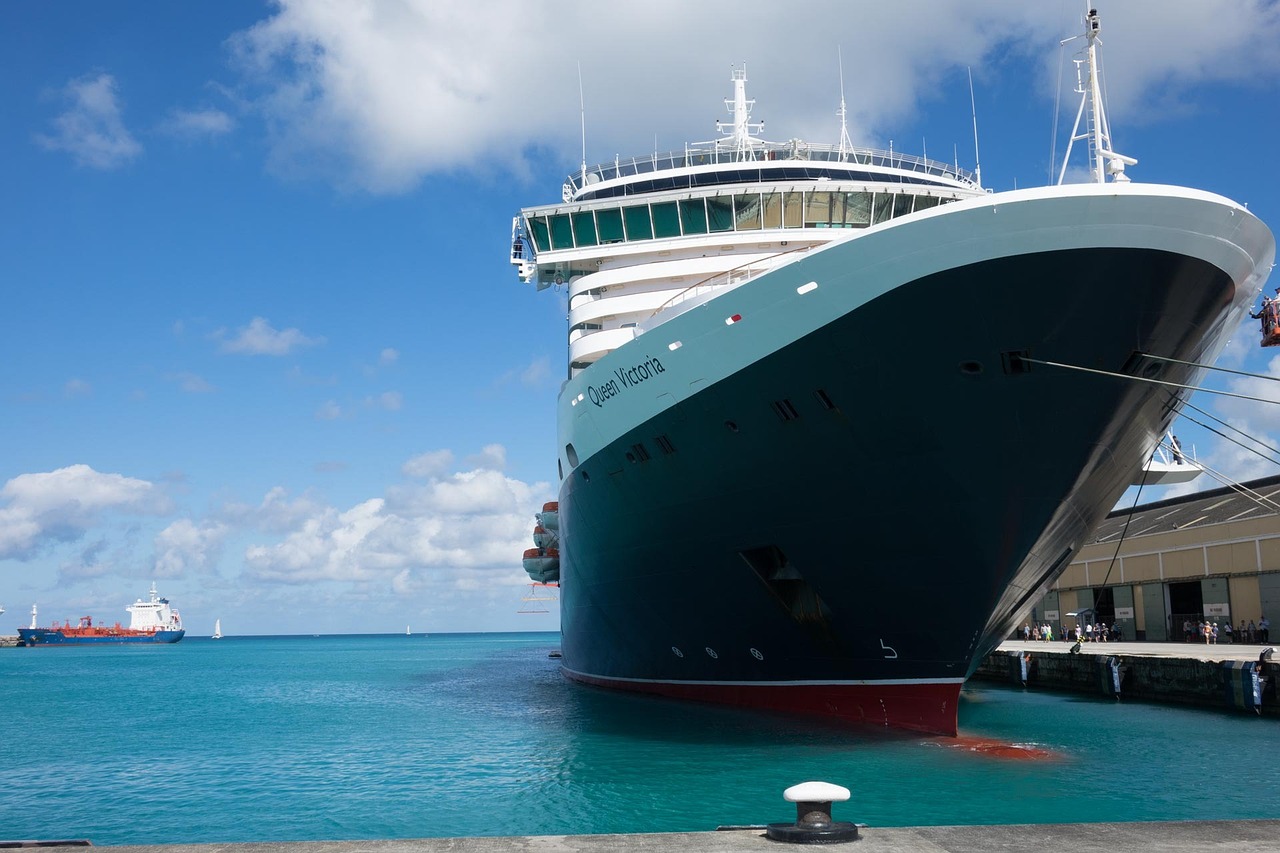
Victoria’s harbor has become a docking station for a flood of cruise ships. In 2023, the city welcomed over 300 ships and nearly a million passengers, as reported by the city’s tourism board. That’s a lot of people pouring into a small downtown, and it’s not just the souvenir shops that feel it. Residents complain of crowded sidewalks, noisy evenings, and an uptick in litter. Environmental groups are especially worried about air and water pollution from so many ships in port. The city responded by adding a per-passenger fee, hoping the money will help maintain infrastructure and public spaces. Still, questions remain about whether the economic benefits outweigh the costs to local life and the environment. Some locals even call for limits on cruise ship arrivals, a hotly debated topic in city council meetings. Through it all, Victoria’s charm keeps drawing travelers, but its capacity to absorb them is being tested.
Jasper, Alberta
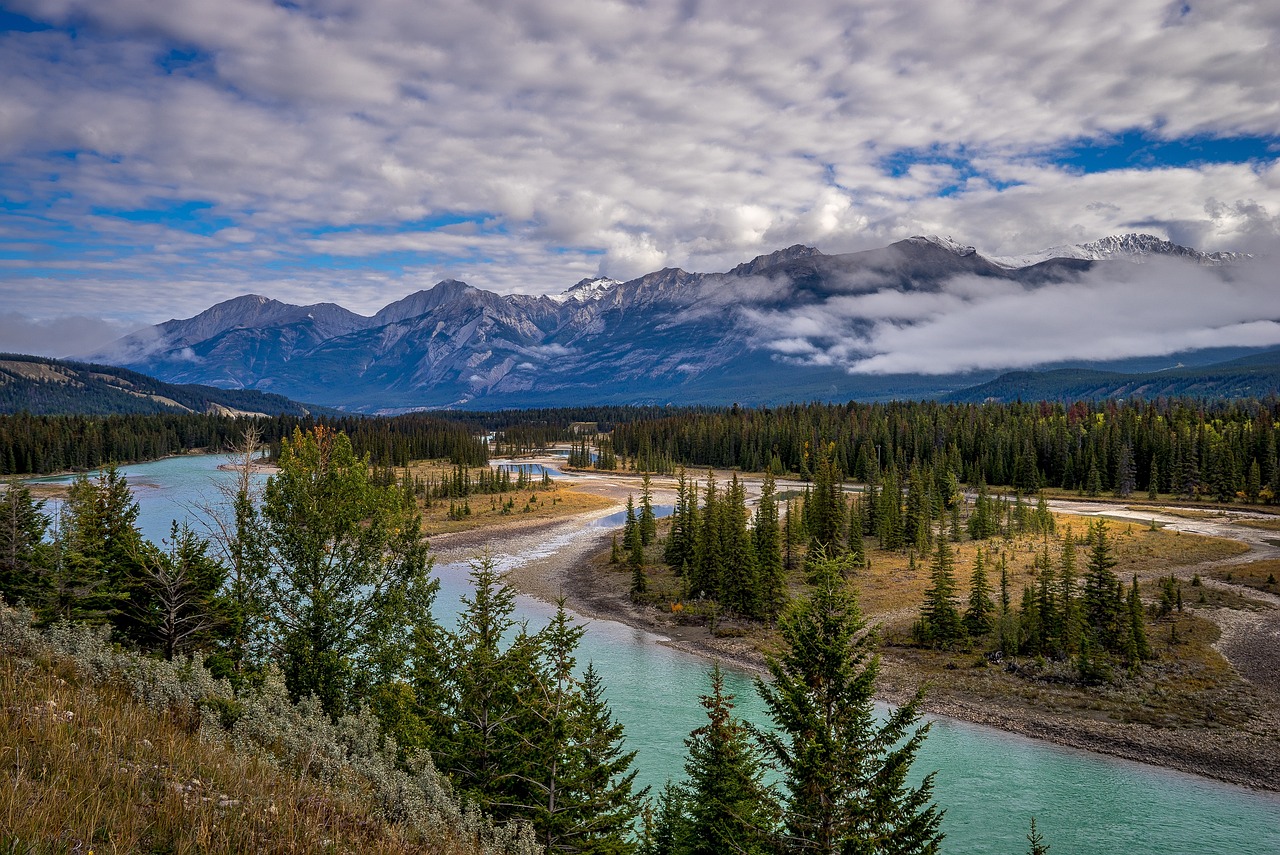
Jasper National Park, a UNESCO World Heritage site, is experiencing a crush of nature lovers like never before. In 2024, the park counted more than 3 million visitors, up sharply from previous years according to Parks Canada data. Popular trails are now so busy that wildlife sightings have dropped, and trail erosion has worsened. Park rangers say they’re seeing more litter, off-trail hiking, and interactions with animals that could be dangerous for both people and wildlife. Educational programs and guided tours have ramped up to encourage responsible behavior, but it’s a challenge to reach everyone. Local businesses depend on tourism, but some residents miss the quieter times when Jasper felt more like a hidden treasure. The park authority is weighing additional restrictions in sensitive areas to protect habitats. Jasper’s future may depend on finding a delicate balance between access and preservation.
Quebec City, Quebec
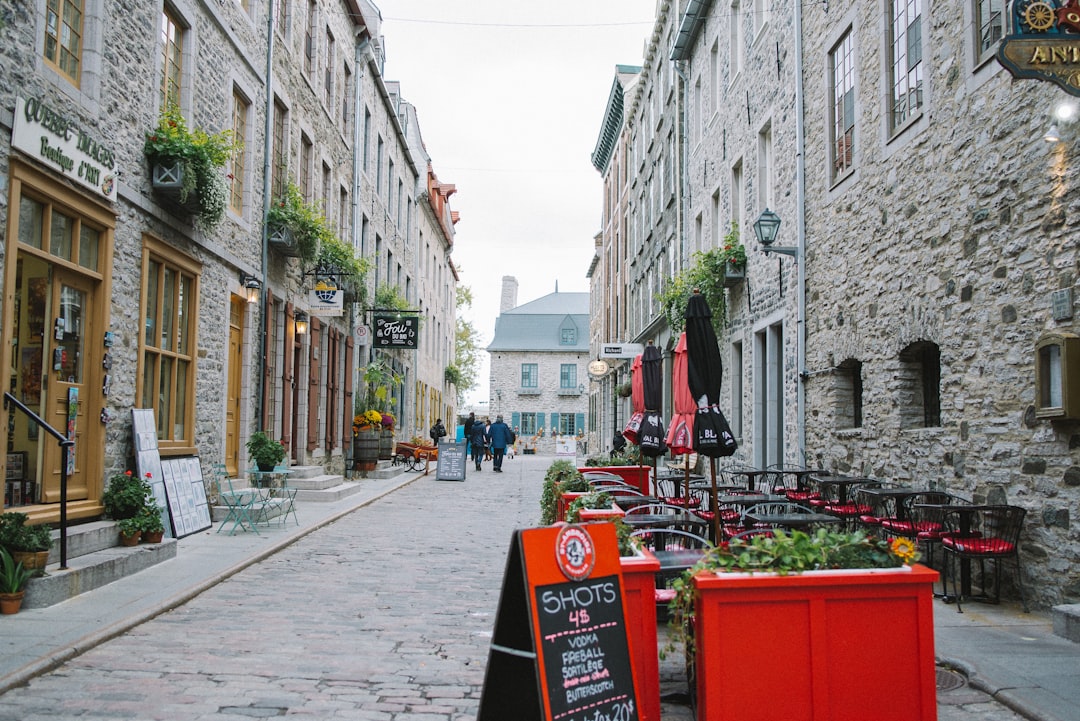
Quebec City’s fairytale streets are bustling more than ever, with over 2 million visitors in 2023 — a 20% jump from the year before, according to provincial tourism statistics. The city’s famed Old Quebec district can feel like a theme park during peak season, with crowds jostling for selfies on cobblestone streets. Residents worry about losing the city’s historic charm under the weight of mass tourism. The local government is considering a tourism tax to help fund preservation efforts and improve public facilities. Businesses thrive on the crowds, but some locals feel squeezed out of their own neighborhoods. There are also concerns about rising rents and the proliferation of short-term rentals, which are making it harder for locals to afford to live in the city. The debate about how to protect Quebec City’s soul while welcoming the world is ongoing in council meetings and community forums. The city’s approach will likely set a precedent for other historic destinations across Canada.
Niagara Falls, Ontario
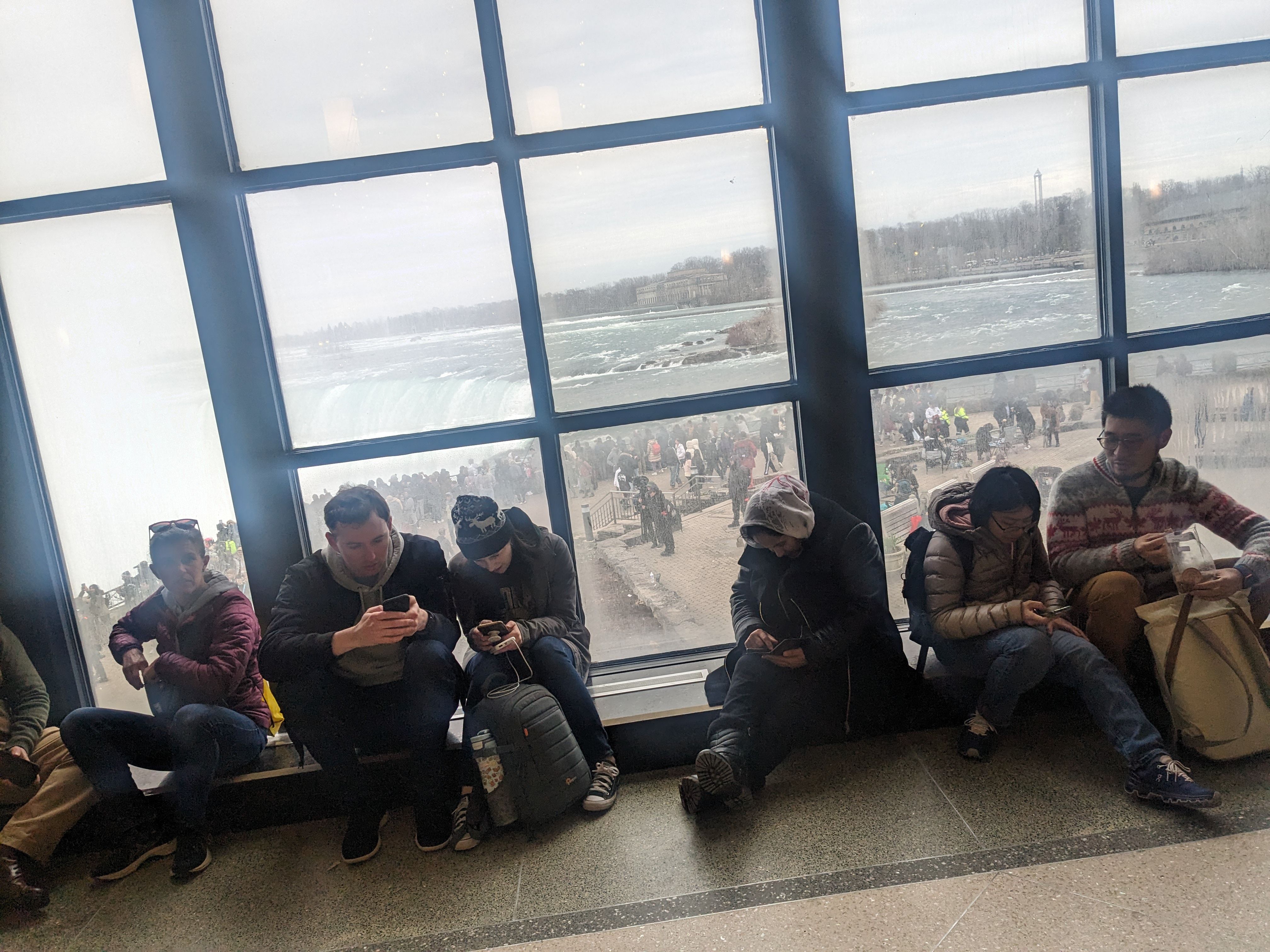
Niagara Falls is practically synonymous with Canadian tourism, but 2024 saw an unprecedented 14 million visitors, based on data from Ontario’s tourism ministry. The area often feels gridlocked, with lines for the Maid of the Mist stretching around the block and traffic crawling along the main strip. Local businesses are booming, but residents talk about noise, litter, and a sense that their town is being overwhelmed. Environmental concerns are growing too, as the massive crowds put extra strain on parks and public spaces. The city is looking into expanding public transit and adding more green spaces to help manage the crush. Some attractions now offer timed-entry tickets to spread out crowds, but demand keeps climbing. The challenge for Niagara Falls is to ensure the magic of the place endures, even as the number of visitors keeps rising. Locals are watching closely to see if new measures will make a real difference.
Tofino, British Columbia
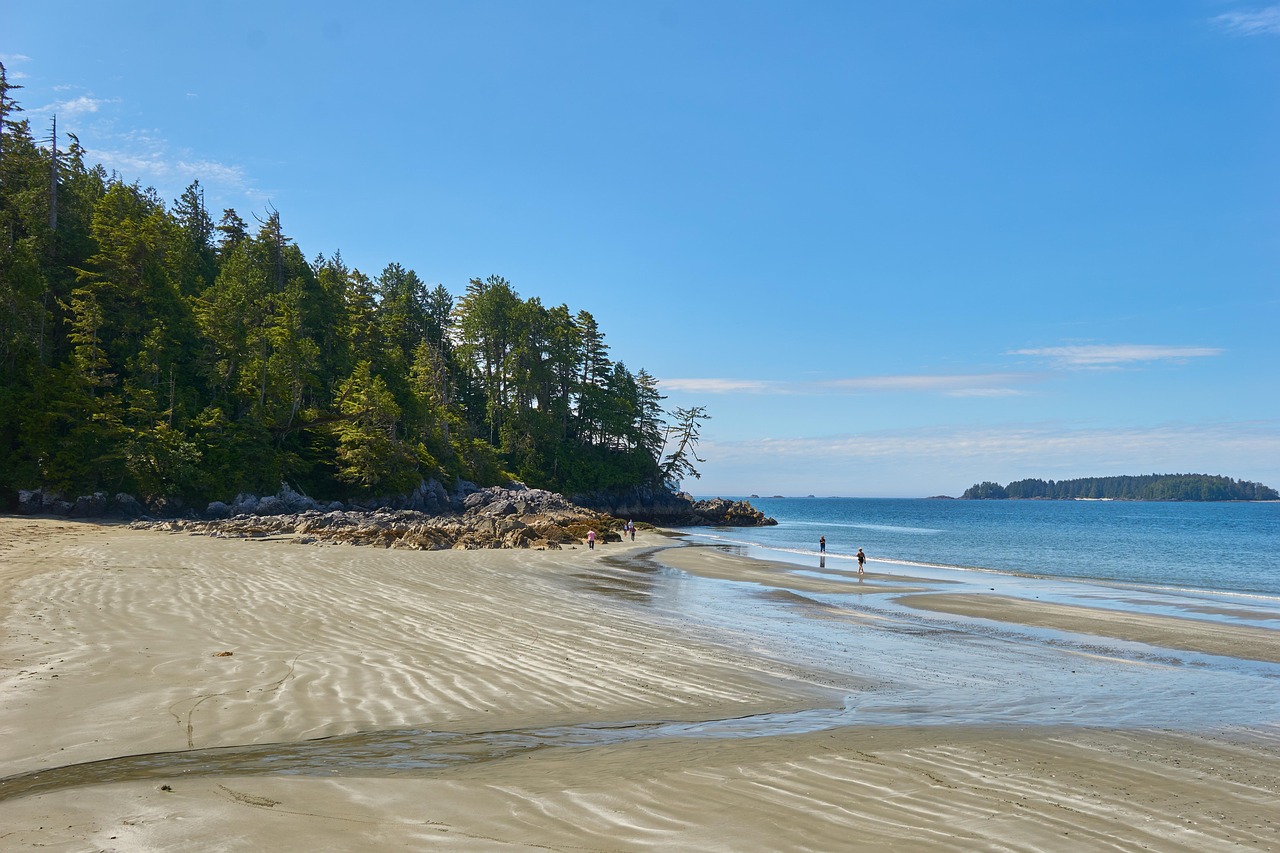
Tofino’s laid-back surf town vibe is under threat from a tidal wave of visitors. In 2023, the town saw a staggering 40% increase in tourism, according to the local visitor center. Beaches that were once tranquil now fill up early, and parking is a daily battle. Accommodations are booked months in advance, leaving little room for last-minute travelers or even locals’ guests. The municipality has responded with a reservation system for popular beaches and limits on short-term rentals. Many residents are worried about the strain on the environment, with increased litter and disruption to local wildlife. Businesses enjoy the revenue, but some fear Tofino is losing its unique charm. Sustainability has become the buzzword in town meetings, as leaders search for ways to protect both the community and its pristine coastline. The pressure is on to find solutions before Tofino’s character is changed forever.
St. John’s, Newfoundland and Labrador
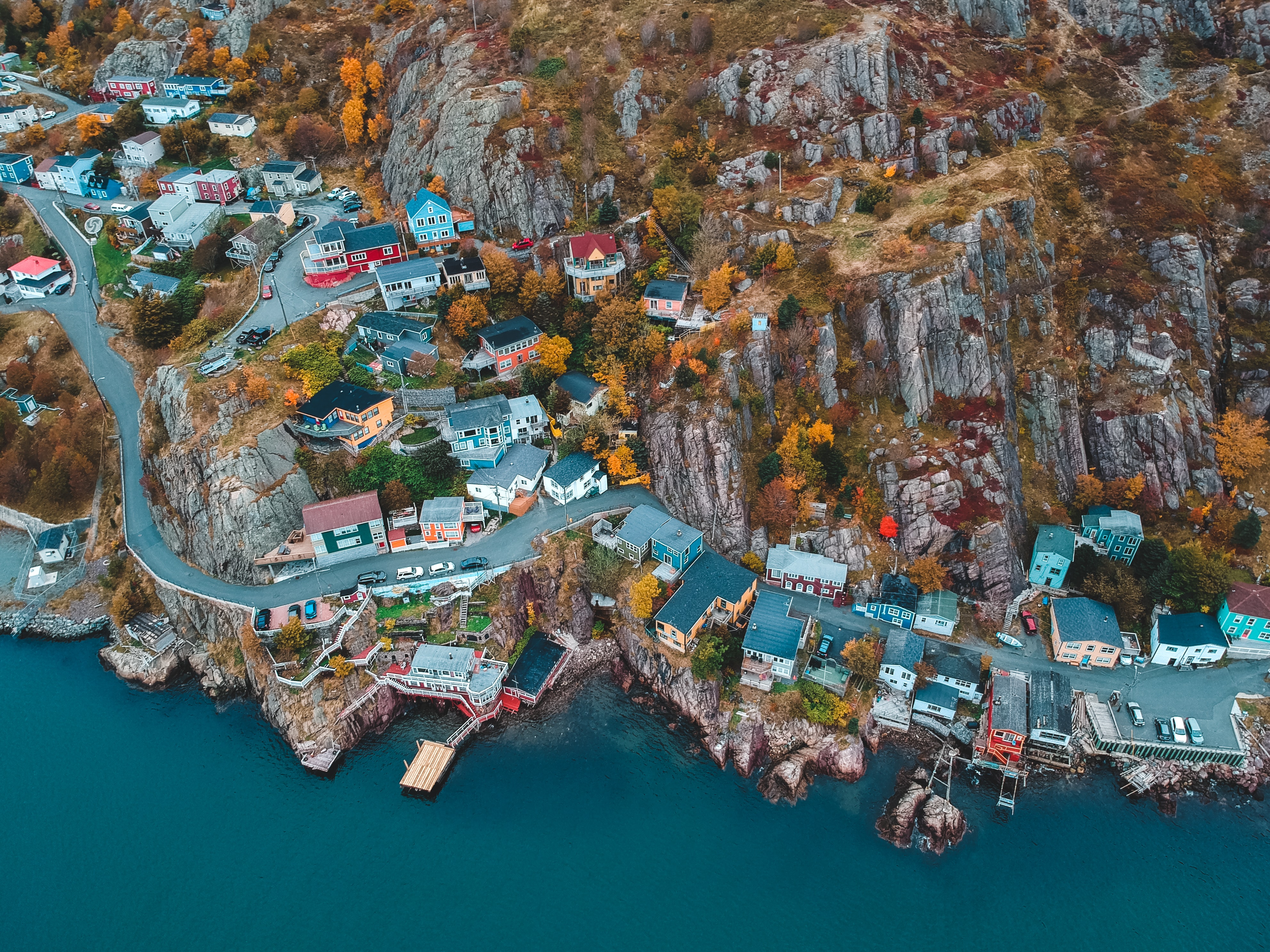
St. John’s, perched on the edge of North America, is seeing more visitors from across Canada and around the globe. In 2024, over 1 million tourists arrived, up 15% from the previous year, as reported by Newfoundland and Labrador’s tourism department. The city’s iconic jellybean row houses and rugged coastline are more crowded than ever. Local hotels and restaurants are often at capacity, making it harder for residents to find a seat or a bed for visiting family. Infrastructure like roads and public transit are straining under the new demand. City officials are promoting lesser-known attractions to spread out the crowds and reduce pressure on the downtown core. There are ongoing discussions about how to protect St. John’s unique culture and history, especially as short-term rentals and new developments change the face of some neighborhoods. For now, the city is at a crossroads, seeking to balance growth with preservation.
Montreal, Quebec

Montreal has always been a magnet for travelers, but 2023 brought a record-breaking 11 million visitors, a 10% increase from the year before, according to Tourism Montreal. The city’s festivals, nightlife, and food scene are a big draw, but the influx has made some neighborhoods almost unrecognizable. Locals complain about noise, crowded streets, and an uptick in short-term rentals making housing less affordable. The city is considering strategies like promoting travel during off-peak months and limiting new short-term rental licenses. Businesses benefit, but some longtime residents feel like their neighborhoods are being transformed into tourist playgrounds. There’s a growing movement to “put Montrealers first” in city planning decisions. As the city debates its future, the challenge is to ensure that tourism supports the local economy without sacrificing the qualities that make Montreal unique.
Halifax, Nova Scotia
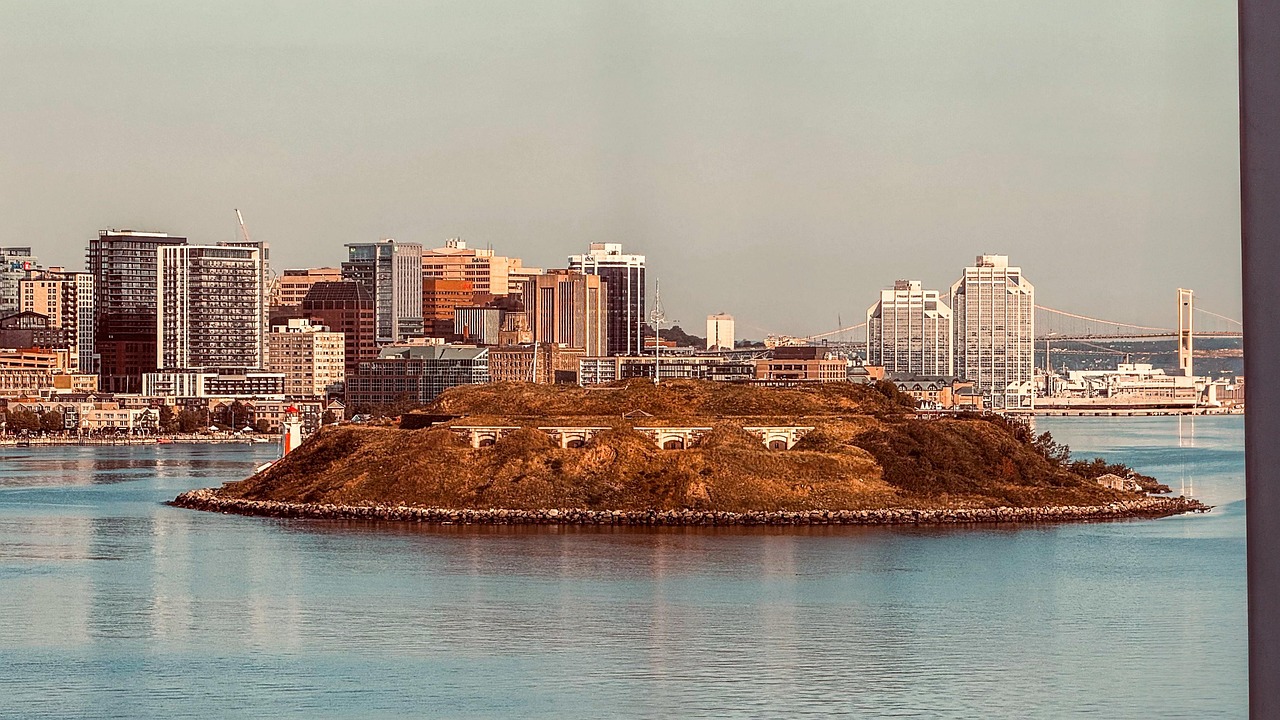
Halifax’s waterfront has become a magnet for visitors, with over 2 million arrivals in 2024, up 25% from 2023, based on Nova Scotia tourism statistics. The city’s maritime heritage, vibrant food scene, and historic sites are big draws. But as more people flock to the city, traffic congestion and packed sidewalks are becoming the norm. Public services are stretched, and there’s growing concern about the impact on local communities. The city is encouraging visitors to explore beyond the downtown, hoping to ease pressure on the most popular areas. Local leaders are also looking at ways to improve public transit and invest in infrastructure. Residents worry that Halifax might lose some of its small-town charm as it becomes a bigger player on the tourism stage. The next few years will be critical for finding a balance that works for everyone.
Ottawa, Ontario
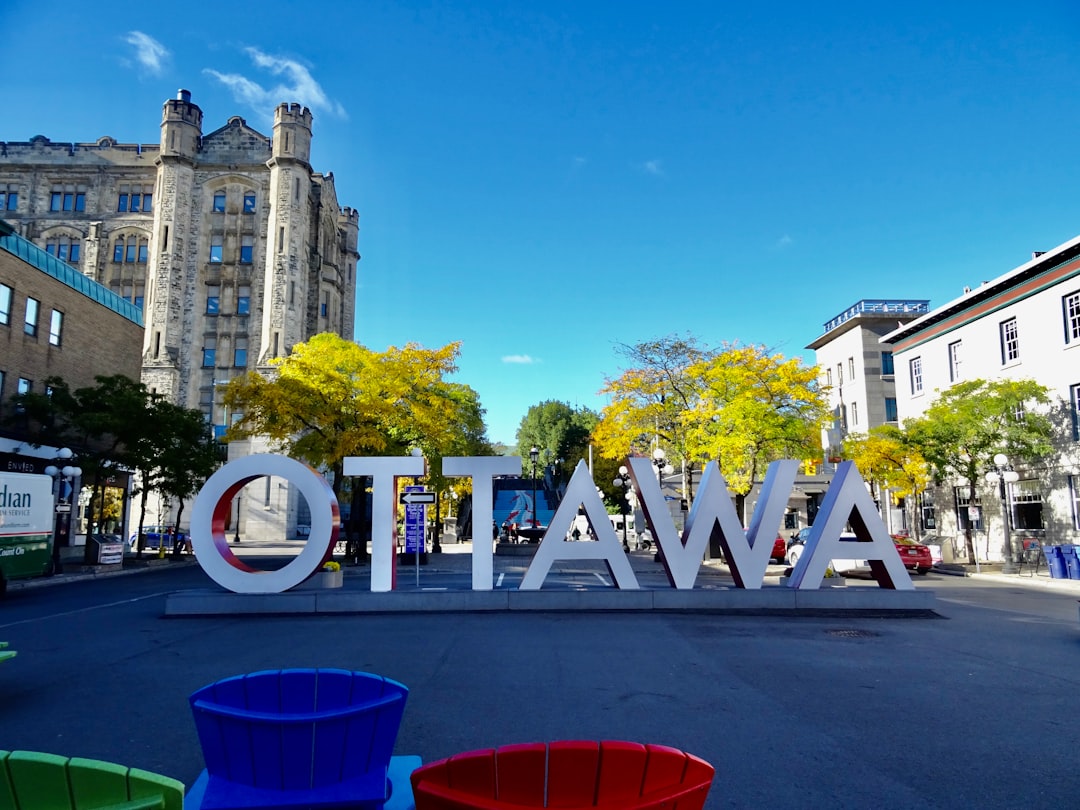
Ottawa, Canada’s capital, saw more than 4 million visitors in 2023, a 15% increase from the previous year, according to the city’s tourism office. The influx brings energy and revenue, but also more demand for hotels, restaurants, and public services. During festivals and peak seasons, the city’s downtown becomes nearly impassable, with long waits at museums and national sites like Parliament Hill. Locals sometimes feel like they’re living in a tourist attraction rather than a real city. City planners are looking at ways to promote sustainable tourism, including spreading visitors across different neighborhoods and investing in new infrastructure. There’s an ongoing conversation about how to keep Ottawa’s unique identity intact as the city grows more crowded with visitors. The experience of Ottawa shows how even government cities are not immune to the pressures of too much tourism.


